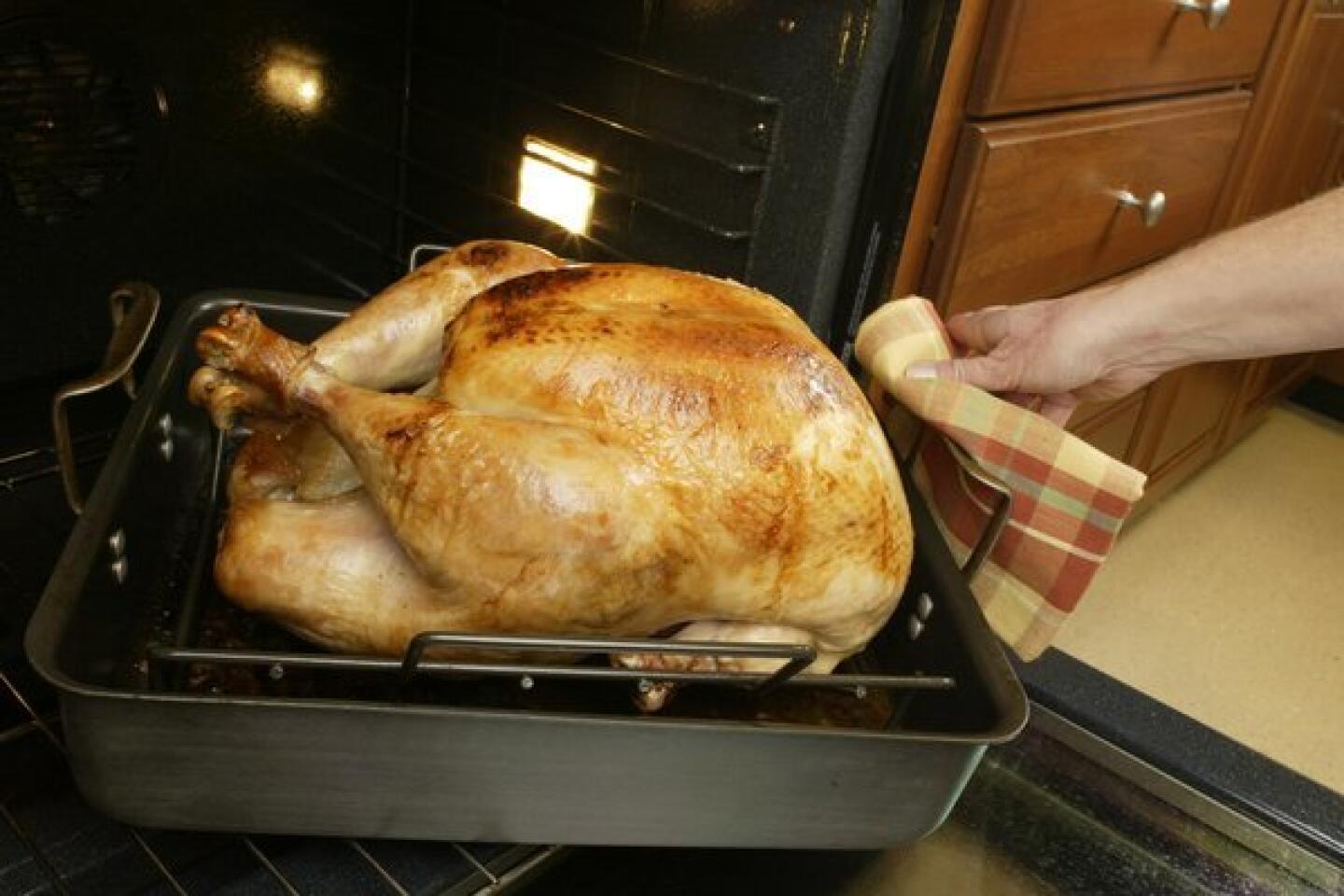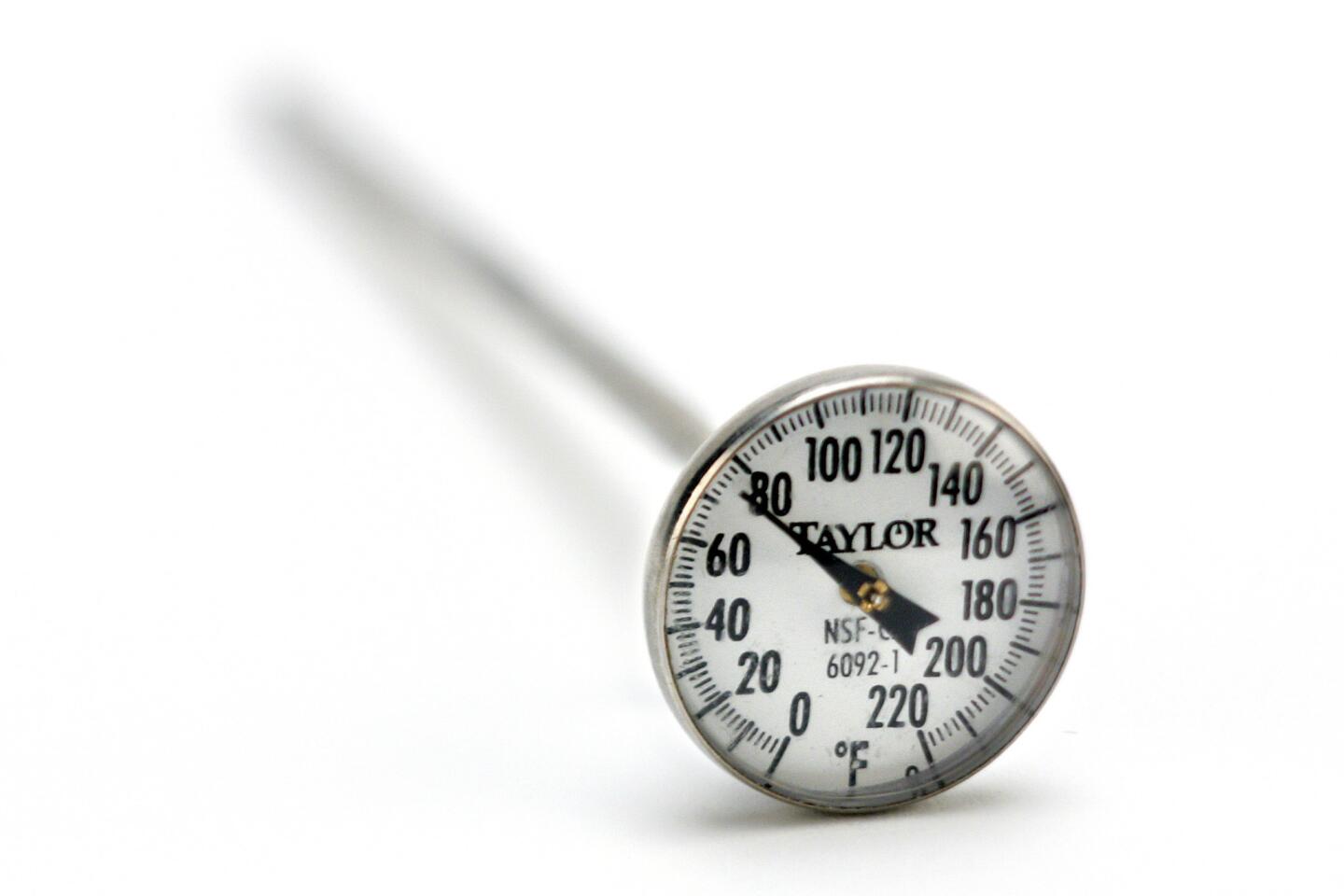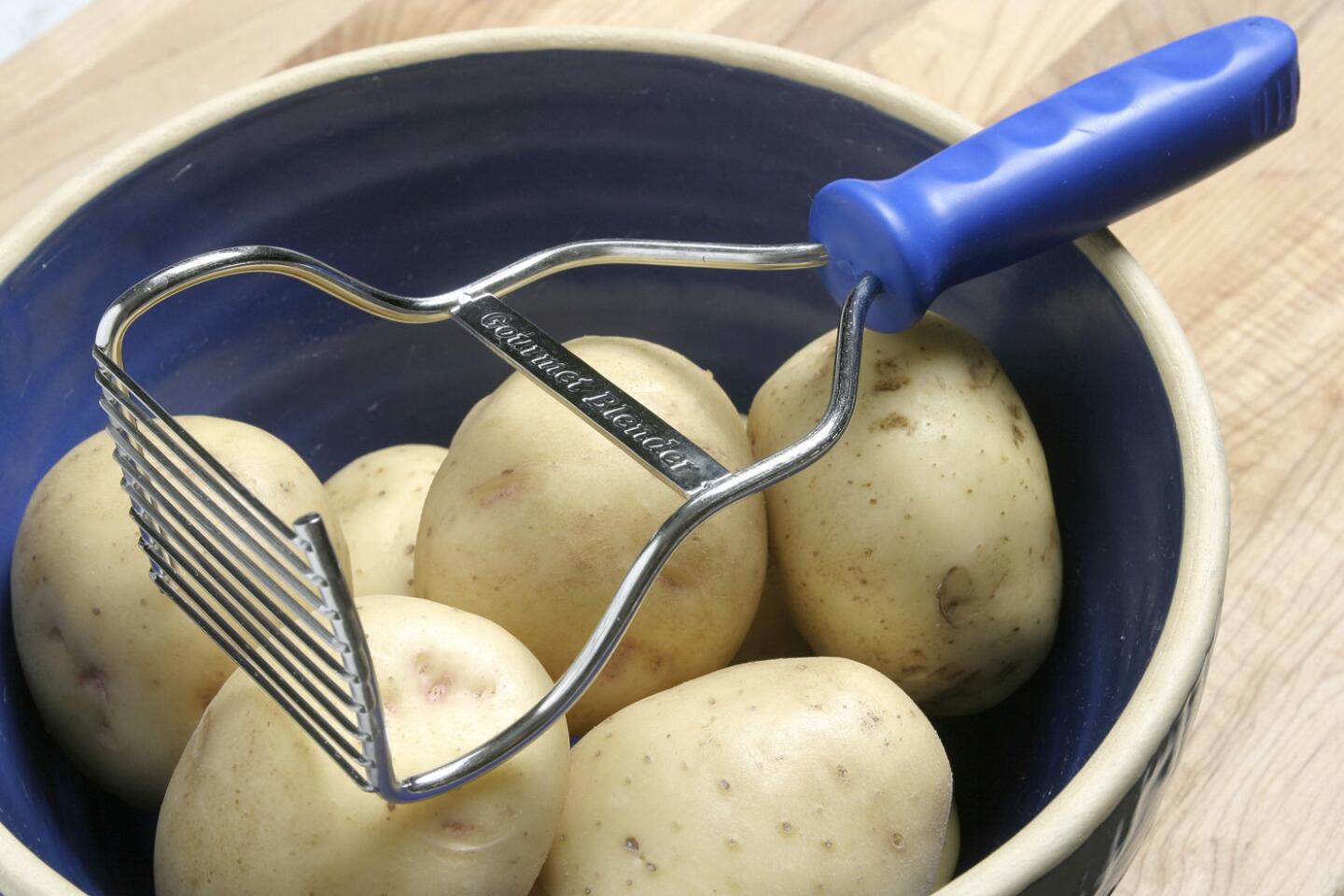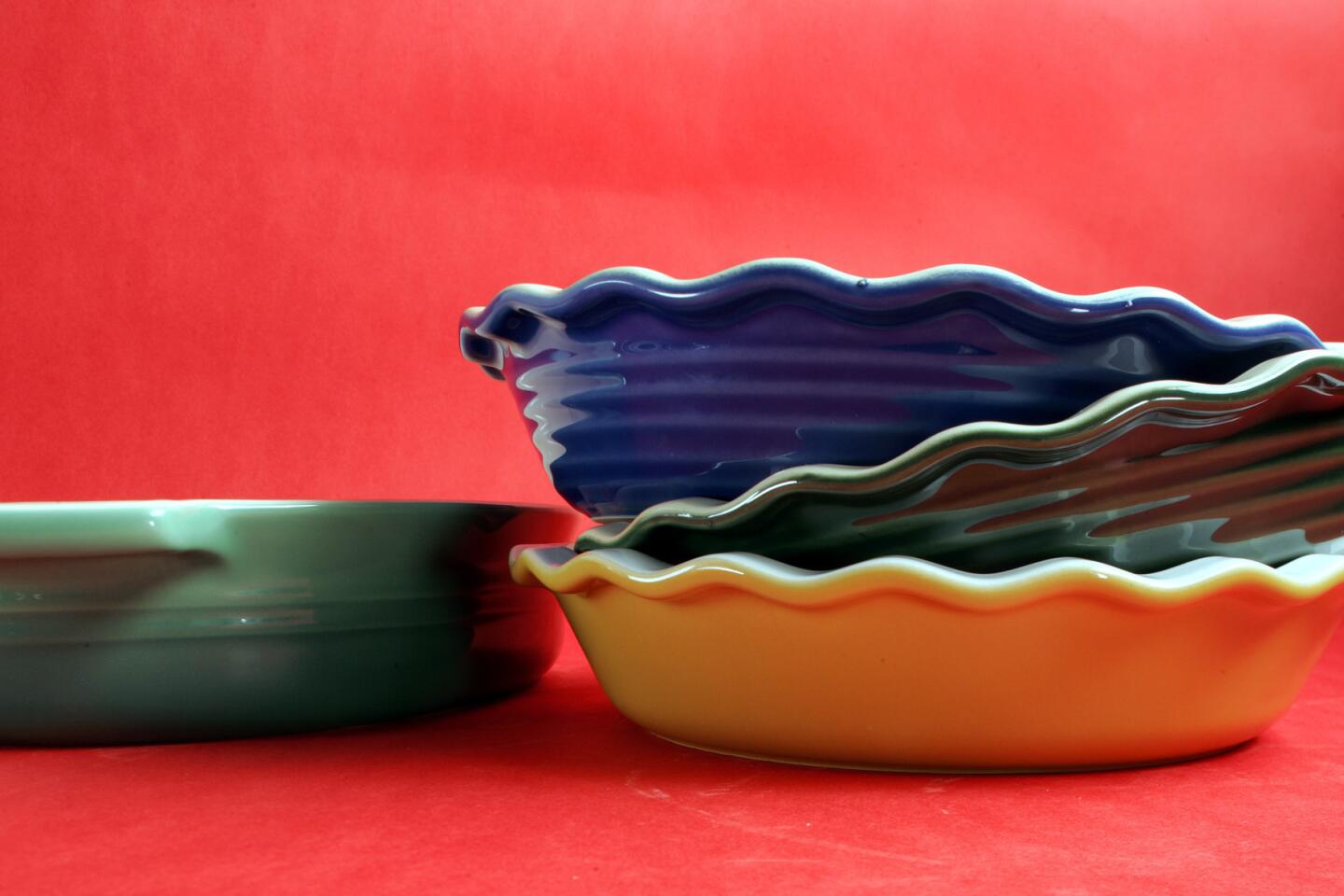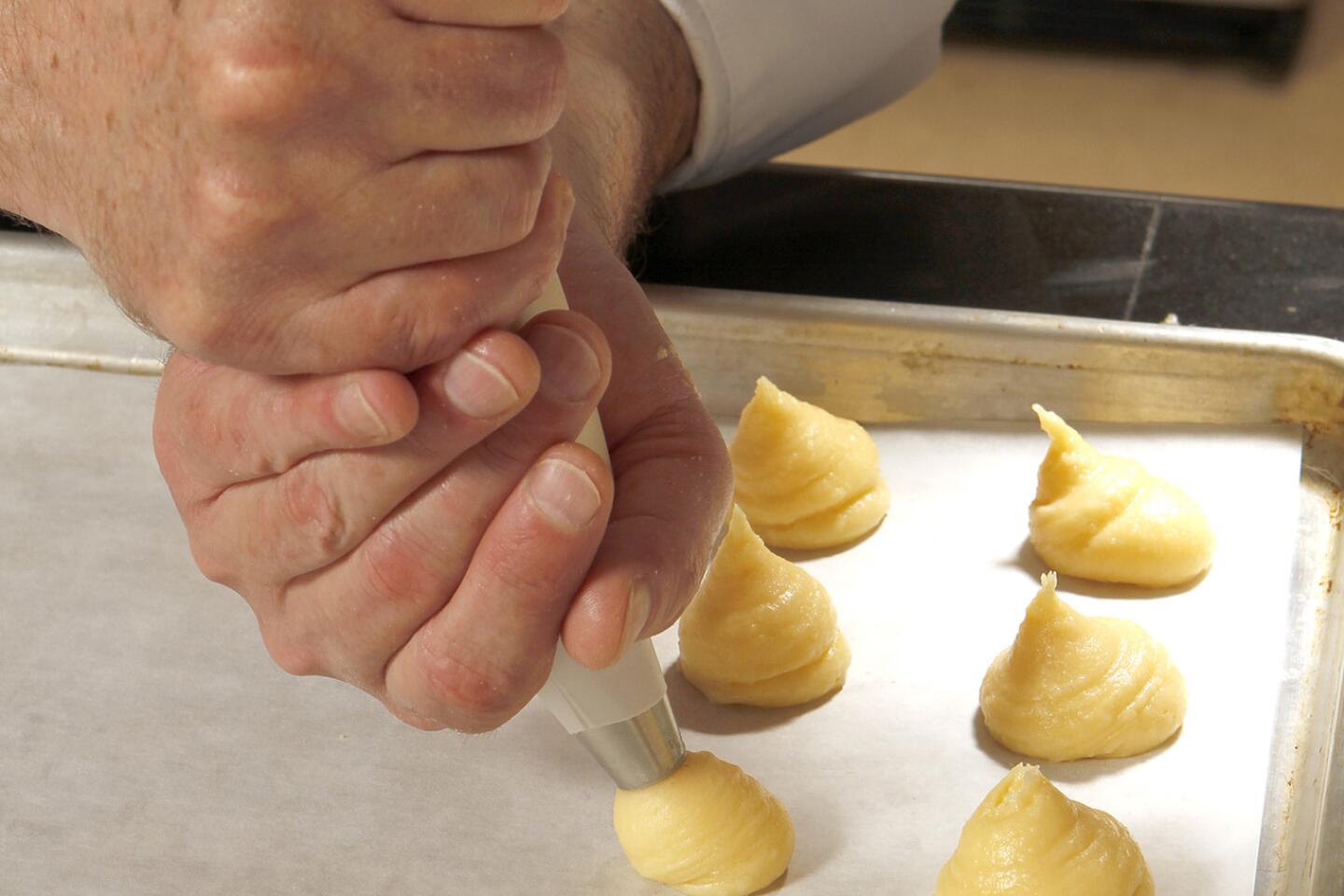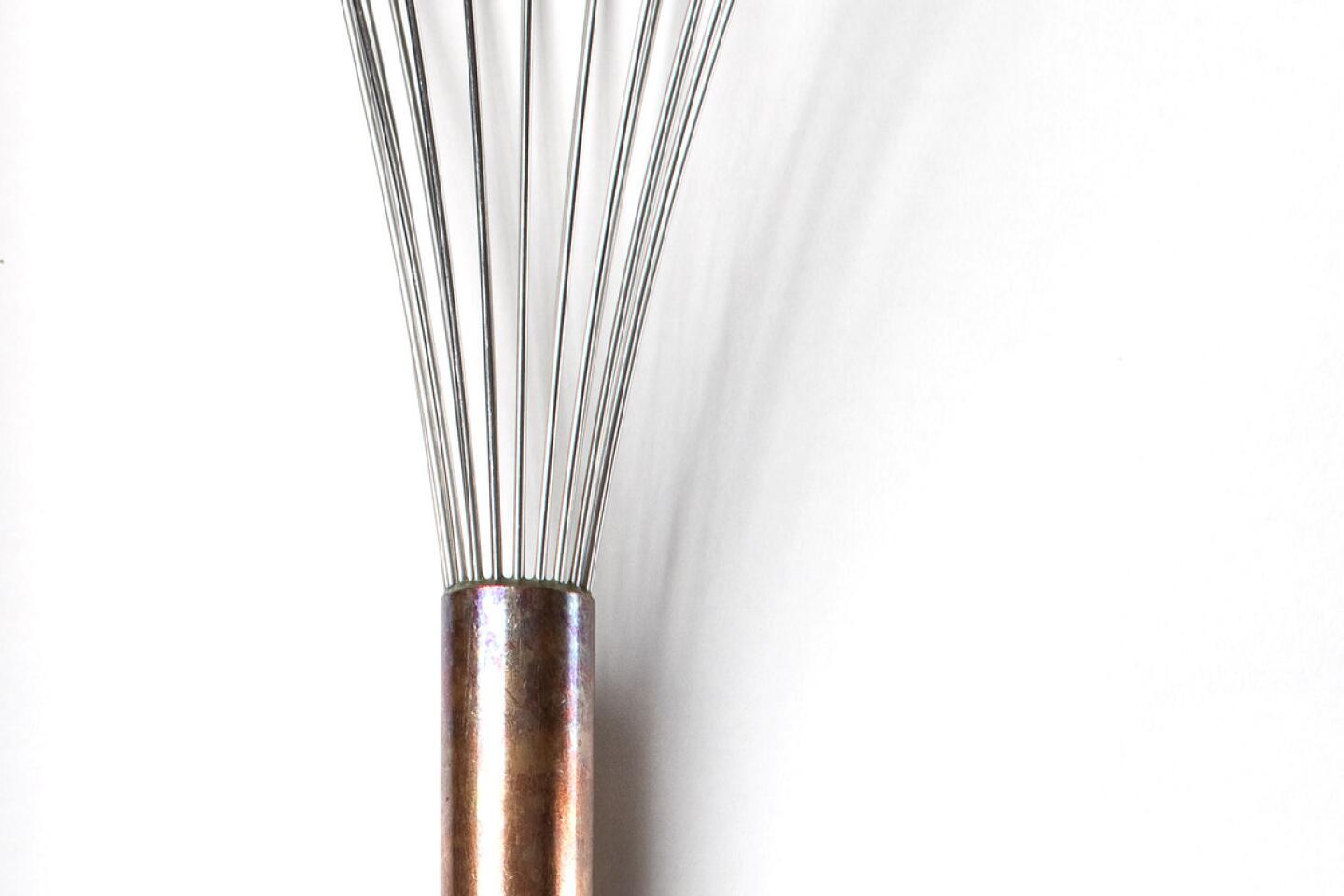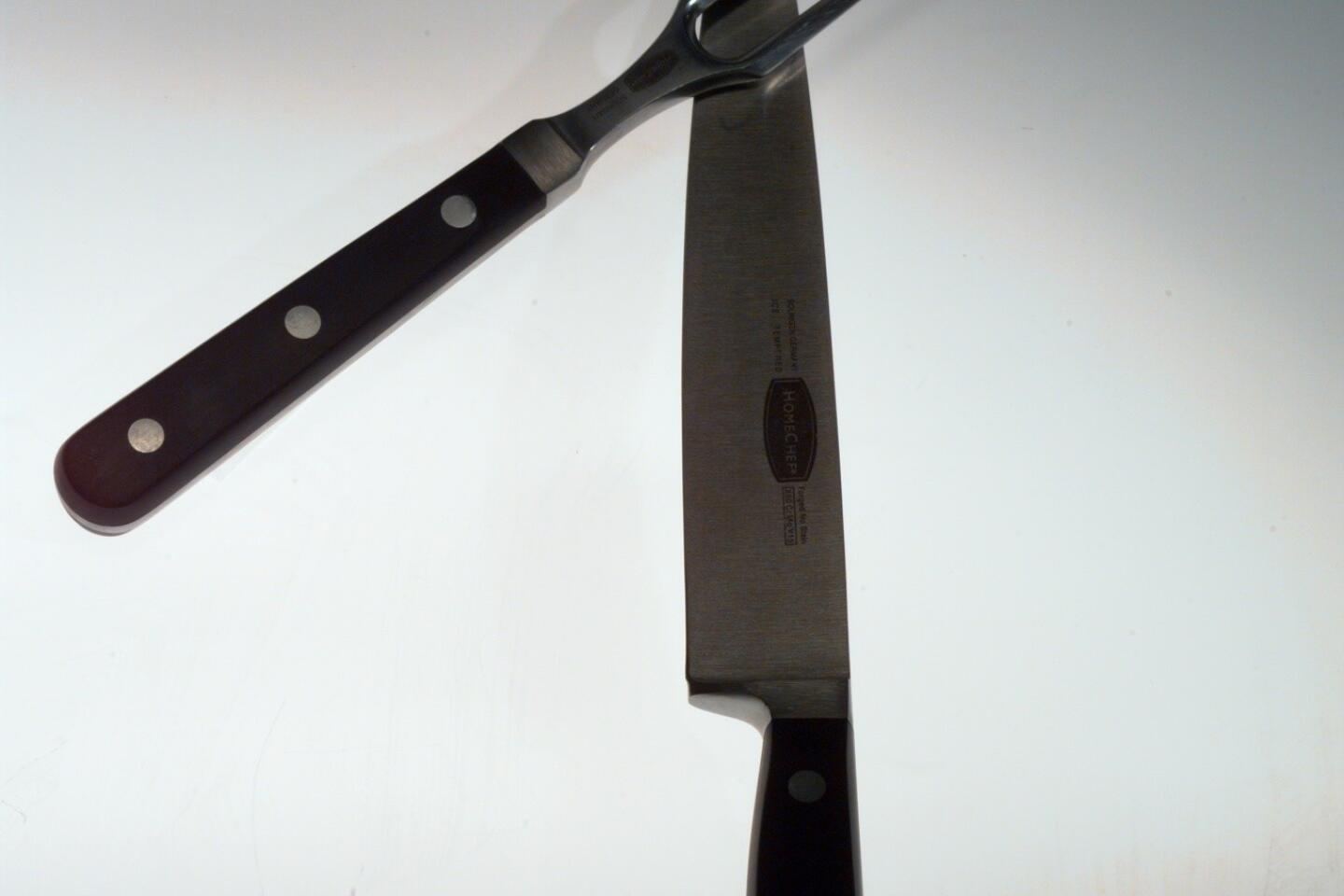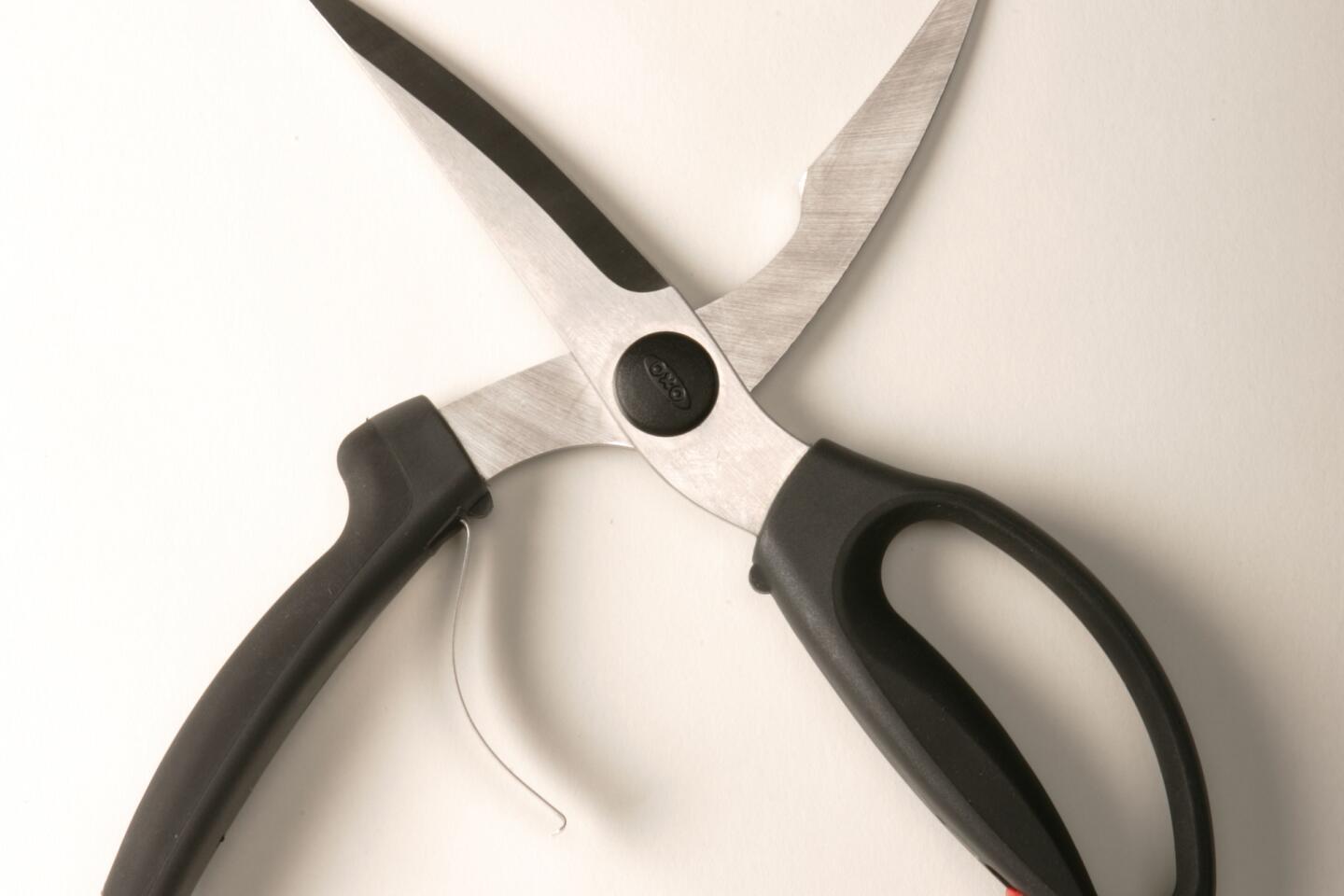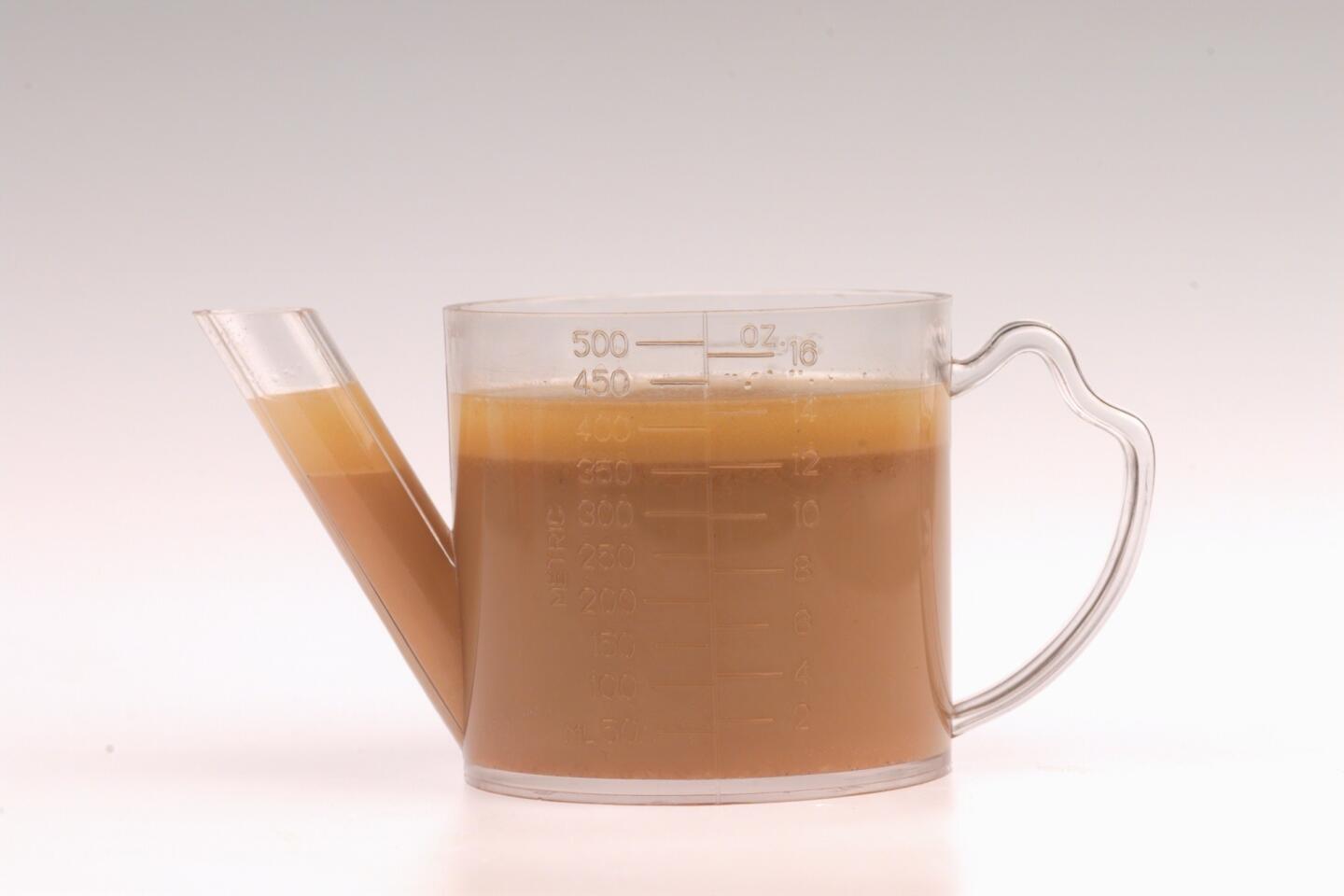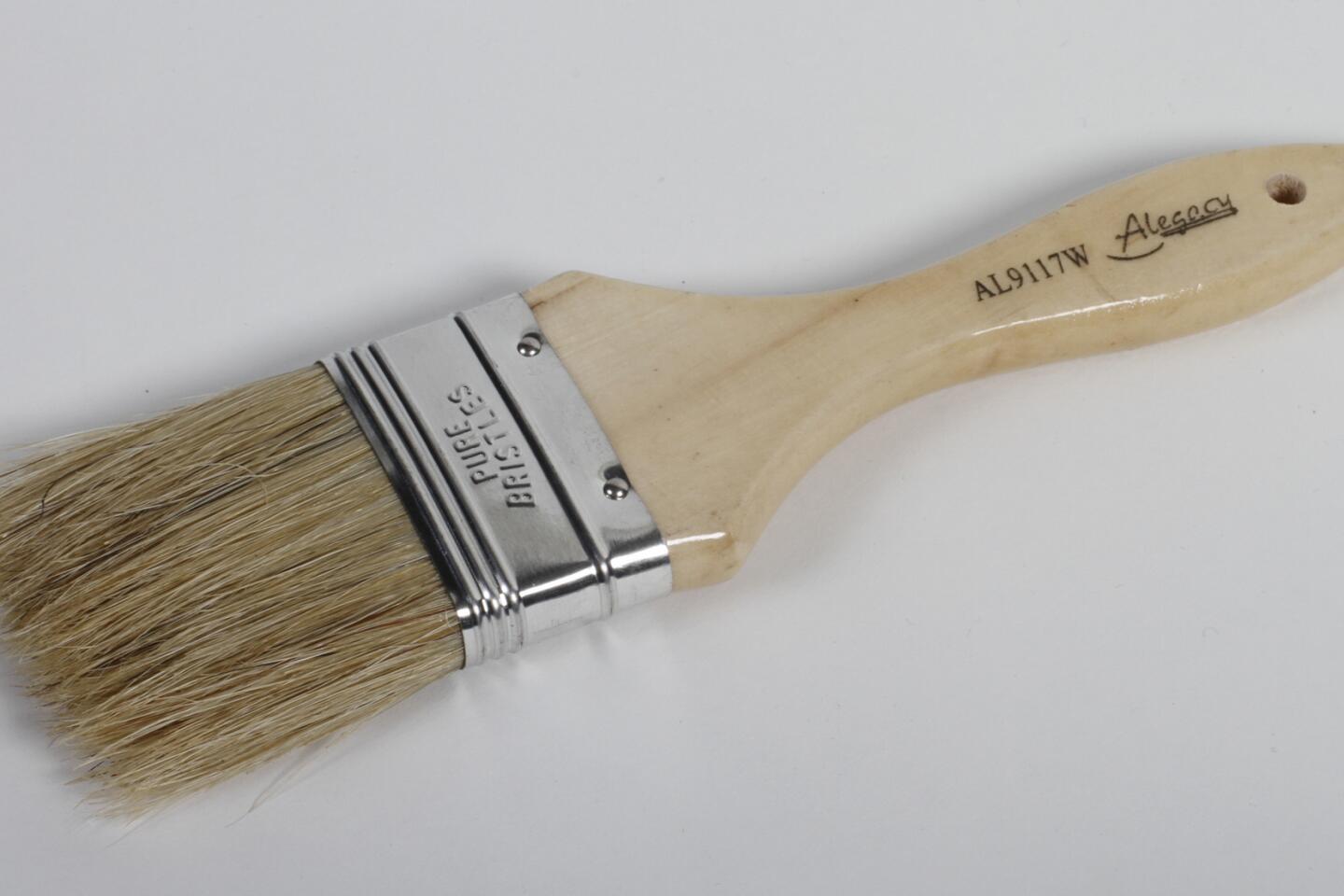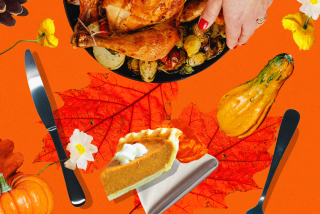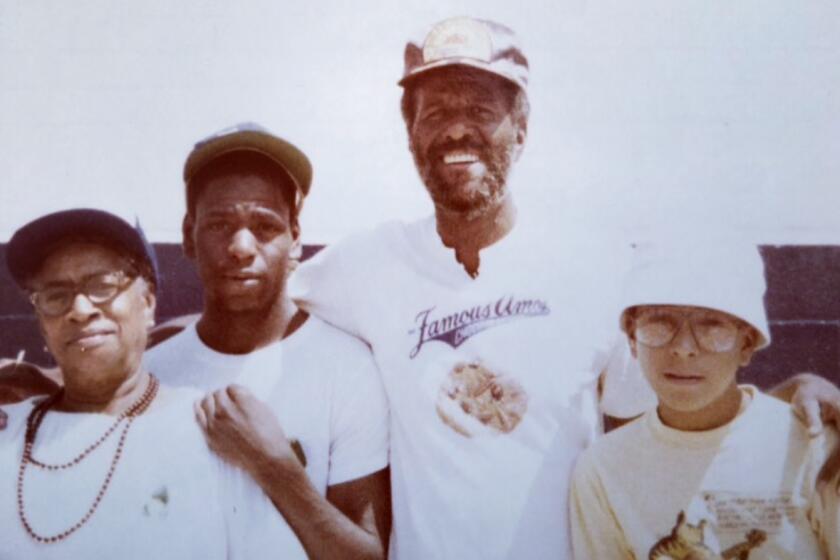The holiday toolkit every cook needs
The last thing you want to have to do on Thanksgiving day is run to the store looking for cooking equipment. Now is the time to inventory your kitchen batterie and see what you are missing or what needs to be replaced or improved.
Hereâs a quick guide to some of the essentials youâll probably need for most Thanksgiving menus.
Roasting pan and rack: Forget about that old granitewear covered roaster you inherited from your grandmother. That will steam the turkey, not roast it. What you want is a heavy metal pan with no cover and relatively low sides that will let the hot air circulate around the bird to brown it. Even better if it has a rack to rest the bird on, elevating it above the rendered pan juices and improving the circulation even more. Choose a pan thatâs not non-stick and youâll get better browned bits for the gravy.
Instant-read thermometer: The Thanksgiving table is no place to discover that your best guess as to whether the turkey was done was wrong. Instant-read thermometers come in a variety of formats, ranging from the simple dial version up to remote timer/thermometers that let you track the temperature of the bird without opening the oven. Thereâs even a thermometer that connects to your iPhone via Bluetooth so you can track the temperature minute by minute while youâre texting.
Potato masher: You werenât really going to puree mashed potatoes in a food processor, were you? Thatâs a sure recipe for one gluey mess. An old-fashioned potato masher works much better. If you want a perfectly smooth mash, choose a potato ricer.
Rolling pin: Individual preference is all when it comes to rolling pins. There are some that are simple straight rods. Some that are straight rods tapered at either end. And then there are the rollers, where the barrel rotates separate from the handle. You can find them in marble, glass and, of course, wood, and in almost every size. Try them out and see which one you like.
Pie plate: Different than the metal pans you might use for an open-faced tart, good pie plates are usually made out of glass or ceramic. The two cook about the same, which is to say that they take a little longer to bake than metal but brown a little more evenly. Many cooks favor glass pie plates so they can monitor the browning of the bottom of the crust.
Rimmed baking sheet: These are kitchen workhorses, so buy good heavy ones. Sometimes called âjellyroll pansâ, these have a rim that will catch any spills or boil-overs before they hit the oven floor. Use un-rimmed âcookie sheetsâ only for baking cookies (though in a pinch you can turn a rimmed baking sheet upside down and use the bottom for cookies, too).
Whisks: There are several types of these, too, but youâll only need two for Thanksgiving. The first should be a flat or tapered whisk for emulsifying sauces. Use a balloon whisk, with a much rounder mixer, for whipping air into egg whites and cream.
Carving knife and fork: The best tool for cutting up a turkey is not one of those long, flexible-bladed carving knives (though theyâre great for carving things like sirloins and hams). Because a turkey has so many little angles and a lots of joints to cut through, you want a knife with a shorter, stiffer blade. And a good sturdy carving fork will pin the bird to the board, avoiding all kinds of mess.
Poultry shears: Not absolutely necessary, but really handy when you need them. There are parts of a turkey that are the very devil to get at with even the best knife. A good pair of poultry shears will zip right through them.
Fat separator: You werenât really going to pour those pan juices straight into the gravy were you? Seriously? Let them stand in a fat separator for five minutes. All the fat will float to the top, leaving the good juices at the bottom, where the pouring spout is. Your gravy will be lighter, cleaner and more flavorful.
Pastry brush: Buy at least two of these, because theyâre not good just for pastries, but also for basting hot fat onto the turkey. You certainly donât want to confuse the two, so wrap the handle of one with painterâs tape so you can instantly tell which is which.
Carving board: A simple cutting board will work, but not as well as something that has been designed for carving roasts. The key is the trough around the outside, which catches and holds the juices from the meat rather than having them go spilling across the counter top. Get a board that is big enough that you can work comfortably at it. Real wood is the preferred surface for a carving board. Beware bamboo or hard plastic, which will dull your knives.
ALSO:
VIDEO: Pumpkin-thyme dinner rolls
Sriracha candy canes? Almost inevitable
RECIPES: Three rich soups for cheese lovers
More to Read
Eat your way across L.A.
Get our weekly Tasting Notes newsletter for reviews, news and more.
You may occasionally receive promotional content from the Los Angeles Times.
